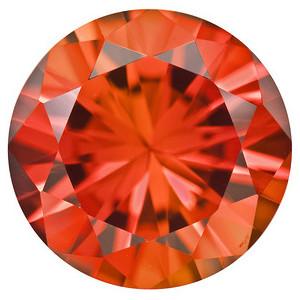4 Important Food Photography Lighting Tips for Drool-Worthy Food Photos
Do you want food photography lighting tips for improved photos of food? As mentioned, these food photography tips will focus on lighting techniques that you can implement to take better-looking food photos at restaurants when all you have at Schnell und gesund kochen hand is your DSLR and the food of your choice that you wish to photograph.
There will be a set of easy-to-follow rules that you can implement to bring about delicious-looking food photographs. Best of all, there is no need for an expensive camera to be able to produce these photos.
Food Photography Lighting Tips #1 – The Challenging Practical Limitations
Professional food photographs are normally shot at studios where the lighting condition is controlled. However, photographing photographs of food at restaurants requires you to tackle certain practical limitations that can no doubt be challenging.
The lighting conditions in most high-class restaurants are dim, while the average or lower class restaurants normally use fluorescent lights. When you come across these situations, what is there that you can do to overcome them?
Food Photography Lighting Tips #2 – Take Advantage of Natural Daylight
Whenever possible, it is best that you conduct your food photography attempts during the day. This enables you the advantage to make use of natural light.
Natural daylight tends to be a brighter source of directional light that can be obtained from windows of restaurants. Your dish is best illuminated with ambient light and brighter sources of daylight when you pick a table that is positioned around the periphery.
Food Photography Lighting Tips #3 – How To Get Food Looking At Their Best?
Try to get the food in your photographers to look sheen and somewhat translucent make them look at their best and absolutely mouth watery. A translucent effect gives the ingredients in your food photos an additional dimension. To achieve such food photos, get the food positioned where the directional light source comes from a 10 or 2 o’ clock position.
Positioning food from this angle which provides that back lighting enables you to shoot the glistening sheen layer of oil on top of that slice of bacon. Shadows will also appear, thus making the meat fibres obvious. Food photographs like these make your viewers drool!
Food Photography Lighting Tips #4 – White Cards and Fill Lights
You can also make use of a white card by placing it in front of the food you are going to photograph so that available light from the surrounding can be reflected onto the food. To reduce the visibility of harsh shadows appearing in front of the food, make use of fill lights.
The Changing Styles of Food Photography
Our appetites have changed over the years and no more is this clearly reflected than in food photography. The rise of organic, real food combined with a focus on healthier diets over the last decade has seen a major change in how food is presented through photography.
No longer are we quite as tempted by a plate of perfect looking, vividly coloured food rested neatly on a table. These days, food photographers set out to capture society’s ever-changing tastes by ‘keeping it real’ – in other words – messy is in. Think of a slice of chocolate cake with icing oozing off the side, or a succulent steak with pepper sauce splashed almost carelessly about the plate. Today, this is how we like to see our food presented. This messy approach to food photography is now the favoured style for many in the food business.
If you look through a recent cook book or check out some recipe websites, then the chances are you’re more likely to see this rather modern style of food photography, and it’s not just about being messy. Food photographers are more likely to use natural light instead of artificial studio lights and less props to keep the shot looking clean, simple and giving more focus to the food. Food photographers will also often use different effects such as extreme close ups and unusual angles to make the food appear more visually appealing.
However another style of food photography has emerged in recent years. Referred to playfully as ‘food porn’, the food photographer will style the food in a provocative almost sensuous manner to get the customer’s appetite truly whetted. Often this food styling is used to shoot exotic or rather indulgent dishes – usually packed full of calories. This style is useful when marketing unhealthy food as it can be promoted as an indulgent treat, rather than trying to pretend to the ever-discerning public that it offers any nutritional value. The term food porn was first coined by feminist writer Rosalind Coward back in 1984 and has now become one of the buzz words for foodies everywhere.
Of course, the styles of messy food photography and food porn haven’t quite reached fast food restaurants. Pictures of perfect hamburgers and long straight fries still seem to adorn the menus and its advertisements. Most people aren’t going to head to your average fast food restaurant for an organic, natural meal – so messy food photography is deemed not as relevant in this environment.
Whatever is next for food photography, the one thing that will never change is its overall aim to sell to customers – and this takes real skill. The food photographer needs to visually convey not just the attractive appearance of the food, but also its aromas, taste and texture. This is not easy when you consider you can’t actually touch, sample or Gesunde und schnelle Rezepte smell the food from a photograph. However, if the image successfully captures all these elements, then this makes the food much more appetising to customers, in turn increasing their propensity to buy – and that can only be good for the food industry.



